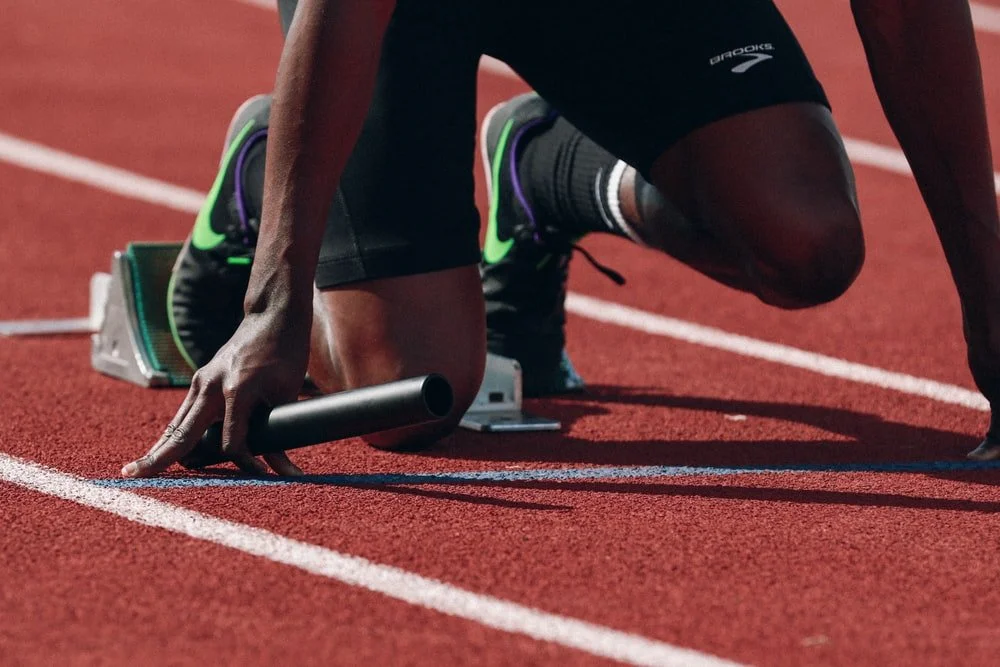More and more people suffer from anxiety and living with it is definitely not something easy.
Anxiety control is a long term process and even if there is no magical cure, a few tips can be integrated in our lifestyle to help to reduce the anxiety and live a more peaceful and happy life.
1.First of all the diet.
A diet rich in processed food, exciting like coffee, alcohol is definitely related to increase anxiety.
In general but especially if you are subject to anxiety it is very important to adopt a healthy diet on a daily basis.
Eat a lot of leafy greens like kale, spinach, watercress. Foods rich in magnesium like dark chocolate, legumes like lentils, chickpeas… are the go to fight anxiety.
Reduce your sugar intake. Sugar creates a reactive hyperglycaemia in your body followed by a decreasing pic creating physiological reactions in your body: Stress. Your adrenals are secreting cortisol, the stress hormone which will make your anxiety worse. That is why it is very important to keep your blood sugar level constant and avoid hypo and hyperglycaemia phases…How do you do that? First by avoiding processed food rich in sugar with a high glycemic index like cakes, sweets, preparation with white flour in general. And privilege food with a low glycemic index with is not gonna create hyperglycaemia in your system: like vegetables, fruits (but it is better to associate them with some good fats like nuts, avocado when eaten as a snack), brown rice…
2. Respect yourself.
Are you the kind of person that would say yes even if they feel like saying no? Are you a people pleaser? Always putting the others needs before yours, always helping people but not even able to help yourself. You have to fill your own cup first because the greatest relationship you can have is with yourself first.
Do the things you want to do, take time for yourself, follow your dreams, live the life you came here to live.
3. Stop being a perfectionist .
Does everything have to be perfect around you? That is the best way to feel anxious. Life is not perfect so don’t try so hard to make it or you will suffer each time you don’t reach your high expectations. Accept that you are human. “You are allowed to be both the masterpiece and the work in progress , simultaneously ”.
4. Live in the present moment.
Be in the moment. Breathe. The past is in the past and the future is not here yet. so there is no need to overthink of what could have been in the past and what should be in the future. Of course it is great to have plans and dreams but feeling overwhelmed because you didn’t reach them yet, comparing yourself with other people’s life and driving you crazy with hundreds of tasks at the same time won’t help you to feel calm.
Meditation can be a good way to learn how to live in the moment. Even if it is just 5-10 minutes every day. There are plenty of ways to meditate, it doesn’t always mean that you just have to seat and do nothing. Going for a walk and practice mindfulness is great way to be focus in the now. Even practicing a sport, painting, playing or listening to music can be a way of meditating. In my opinion any activities where you are really focus on what you are doing are a kind of meditation, it is called mindfulness and it is all about being present.
Share with us your tips to deal with anxiety.
Deborah D.C







